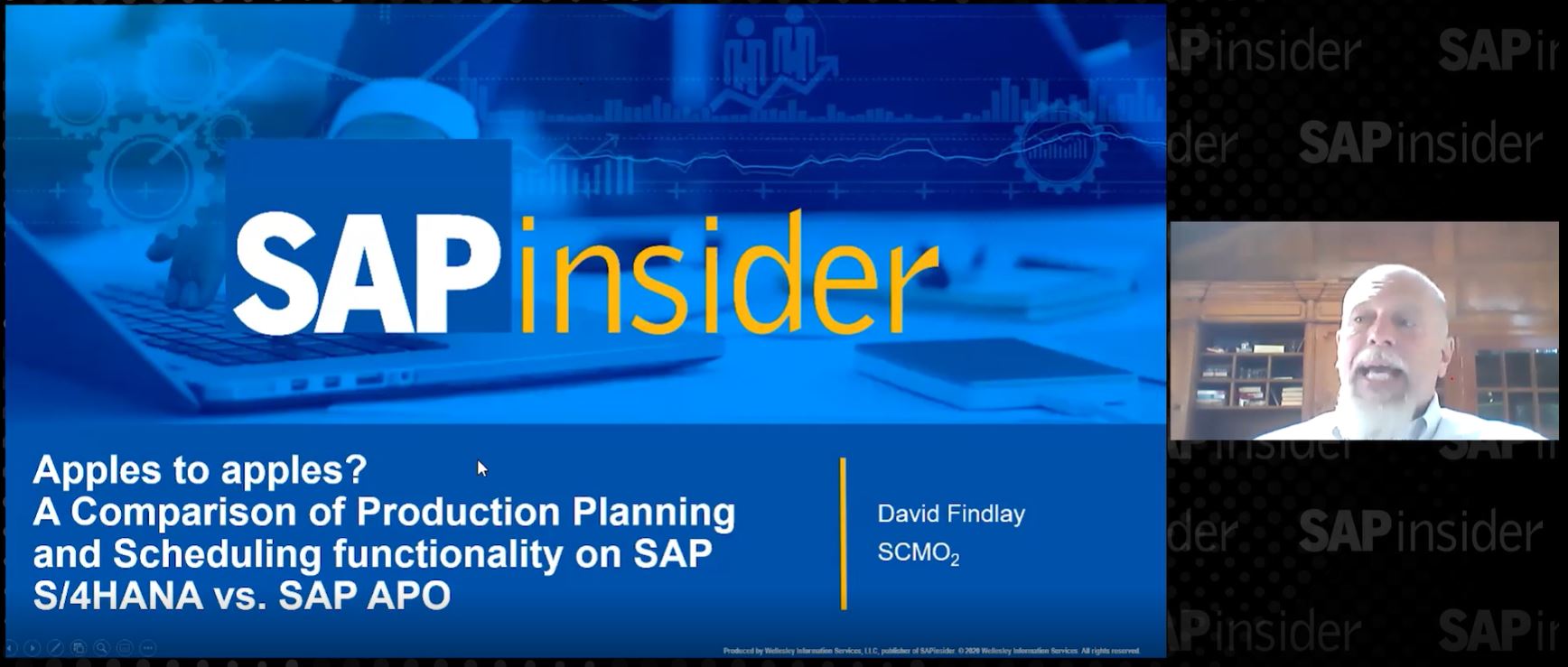AI Moves Beyond Hype to Hit the Road in Supply Chain
Meet the Authors
Key Takeaways
Successful AI adoption in logistics requires focusing on specific business problems rather than the technology itself, ensuring that AI is used as a lever for efficiency and problem-solving.
AI can transform logistics operations by automating low-impact tasks with digital assistants, leading to faster response times and allowing professionals to concentrate on complex tasks that require human judgment.
The integration of AI into supply chain processes must be foundational, not retrofitted, to deliver real value; this involves using AI for intelligent document processing and contextual risk assessment to enhance decision-making.
Artificial Intelligence (AI) has a very different connotation for professional logistics enterprises compared to the public buzz that surrounds it. For supply chain leaders, the questions surrounding AI are about how it can help them to tangibly realize business value.
During a recent webinar that explored how supply chains can create value using AI, 4flow experts conceded successful AI adoption requires organizations to stop thinking about the technology first. Instead, they must start with the business problem—whether that’s increasing logistics efficiency or decreasing inventory—and apply AI as the specific lever to solve it.
Efficiency and Low Impact Tasks
Logistics teams are often overwhelmed by high-volume, low-impact inquiries such as emails asking, ‘Where is my truck?’ or ‘What is the status?’.
Explore related questions
Experts in the webinar noted deploying digital assistants to summarize emails and retrieve status information via natural language, gives companies a 20–30% faster response time. This also frees up the human capital because when AI handles the repetitive 10–20% of inquiries, logistics professionals can focus on complex exceptions that require human judgment.
Prioritization and The Talent Gap
Disruptions happen constantly for supply chain professionals managing complex networks, which makes it hard to forecast business impact. This is where AI helps. It allows managers to rate the risks in a supply network. AI also tells the user what to focus on so they can prioritize their tasks. This shifts the workflow from reactive firefighting to strategic prioritization.
Perhaps the most critical insight the webinar provided was around the talent gap. Companies often have brilliant data scientists and seasoned supply chain veterans, but they speak different languages. The data scientist builds a model; the logistics manager asks how it fits the process.
Additionally, there is a massive need for expertise that translates business needs into optimization models and, conversely, explains model outputs in the context of operational reality. According to the experts at the webinar, this is where 4flow steps in as that translator.
The Road Ahead
Looking towards 2030, the experts agreed that the goal for enterprises is operating an integrated ecosystem where AI is native, not retrofitted. Until then, the winning formula consists of clear data, a focus on business problems, and psychological safety to experiment without fear of failure. Finally, AI won’t replace the supply chain planner, but the planner who uses AI will replace the one who doesn’t, the experts concluded.
What This Means for SAPinsiders
Retrofitting AI into existing processes often fails. Participants in the 4flow webinar emphasized AI must be built into the solution’s foundation rather than applied as a superficial patch. This is because AI must be integrated into the workflow to be valuable. For example, while a standalone tool might summarize an email, 4flow’s approach integrates that data directly into process execution—avoiding the need for users to copy-paste information between a chatbot and their primary system. The goal is a native experience where AI handles tasks like demand forecasting and logistics optimization within the same platform.
Use intelligent document processing and digital assistants instead of manual tasks. SAP users often spend hours on manual entry and status checks. 4flow’s Intelligent Document Processing (IDP) specifically targets invoice reconciliation in procurement and freight cost management. Instead of a user manually verifying an invoice against transport constraints, the AI validates amounts, weights, and transport modes automatically. Additionally, Digital Assistants are used to handle routine inquiries, reducing response times by 20–30% and freeing up logistics planners to work on higher-value exceptions.
SAP systems are excellent at providing visibility, but 4flow’s AI solutions layer on the context of that disruption. Logistics managers are often overwhelmed by alerts and media feeds regarding supply chain disruptions. 4flow’s AI solutions differentiate between a disruption that is merely happening and one that creates a tangible business risk. By rating risks within the supply network, the AI directs the user’s attention to the specific shortages that will impact the bottom line, rather than forcing them to sift through every delay notification. This shifts the user’s role from data gathering to strategic decision-making.






